


History of the United Nations Space Command
Article written by UNSC Trooper
Note: This article is based on canonical information and
speculation of events that otherwise might not have been explicitly
detailed. This article does NOT contain fan fiction.
1945
The United Nations
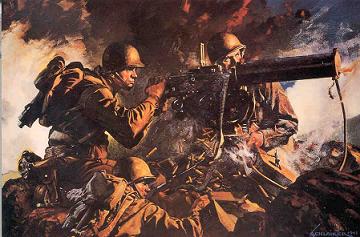 Following the events of World War II, a multi-national diplomatic organization entitled the "United Nations" emerged from a joint military collaboration between the Allied Nations during a crucial period of the war. On June 26th, 1945, the United Nations Charter was signed in San Francisco, the USA, by representatives of Earth's most vowed nations, including the United States of America, the Republic of China, France, the Union of Soviet Socialist Republics, and the United Kingdom. The UN thereby dedicated itself to maintaining a sustained level of peace throughout the confines of its member nations and to take measures against threats to world peace.
Following the events of World War II, a multi-national diplomatic organization entitled the "United Nations" emerged from a joint military collaboration between the Allied Nations during a crucial period of the war. On June 26th, 1945, the United Nations Charter was signed in San Francisco, the USA, by representatives of Earth's most vowed nations, including the United States of America, the Republic of China, France, the Union of Soviet Socialist Republics, and the United Kingdom. The UN thereby dedicated itself to maintaining a sustained level of peace throughout the confines of its member nations and to take measures against threats to world peace.
2000 - 2160
Space Colonization and collapse of National Governments
 As proven by many researchers and aeronautic development agencies, space travel was no longer regarded as an "impossible step in human evolution". Space travel and colonization efforts were undertaken by a number of national governments. As humanity expanded its frontiers, Earth's neighboring planet - Mars - was the first world to be colonized and inhabited by space navigators. Despite the relatively great distance from Earth, the Jovian Moons quickly followed in the colonization effort, being mainly colonized and organized by the Unified German Republic (which emerged from the Federal Republic of Germany) and its respective space corporations.
As proven by many researchers and aeronautic development agencies, space travel was no longer regarded as an "impossible step in human evolution". Space travel and colonization efforts were undertaken by a number of national governments. As humanity expanded its frontiers, Earth's neighboring planet - Mars - was the first world to be colonized and inhabited by space navigators. Despite the relatively great distance from Earth, the Jovian Moons quickly followed in the colonization effort, being mainly colonized and organized by the Unified German Republic (which emerged from the Federal Republic of Germany) and its respective space corporations.
While the UN was effectively placed in control of Earth's governments, space colonization demanded that an efficient government be assigned to human settlements across the Solar System and in orbital facilities. At this point, national governments had lost considerable authority over their own states in favor of the United Nations, and citizenship no longer involved patriotic connotations towards the mother-nations.
2160 - 2170
A new type of war: Interplanetary
 By the year 2160, human controlled space spanned across the entire Solar System - from Mars, to the depths of the outer planets. As life in the colonies prospered, distress signals were triggered on Earth. One of the less obvious problems - and the root of what developed into a chain reaction - was overpopulation and the ever-worsening life conditions on Earth due to the massive population surges.
By the year 2160, human controlled space spanned across the entire Solar System - from Mars, to the depths of the outer planets. As life in the colonies prospered, distress signals were triggered on Earth. One of the less obvious problems - and the root of what developed into a chain reaction - was overpopulation and the ever-worsening life conditions on Earth due to the massive population surges.
National governments became crammed between the unceasing economical and political problems they faced during their brink. The already devastated population faced dealing with raging wars fought between various governments on Earth. However, a far more serious problem of world-wide proportions had arisen from the crisis of the almost abolished governments, which would lead them to their ultimate collapse: Terrorists and rebellious factions.
Facing the imminent destruction of governments all around the Earth, a large number of political and military movements took advantage of the crisis. Century-old political beliefs tracing their roots from the historical Nazi-Fascist and Communist dictatorships rapidly gained popularity as the "liberating" ideologies among the citizens of Earth and its colonies. The United Nations would face a massive attack from two particularly problematic and dangerous terrorist-juntas: The "Koslovics" and the "Frieden".
 The Communist governance generated by the Soviet Union in the 20th century served as the fuel for the "Koslovic" military movement led by the dictatorship-driven hardliner Vladimir Koslov. Capitalist and democratic governance faced trouble in front of this new - yet well-known - threat. Its organizational aims included the removal of capitalist leadership in orbital facilities and colonies, and the return to the Marxist-Leninist domination a great part of Earth was once controlled by.
The Communist governance generated by the Soviet Union in the 20th century served as the fuel for the "Koslovic" military movement led by the dictatorship-driven hardliner Vladimir Koslov. Capitalist and democratic governance faced trouble in front of this new - yet well-known - threat. Its organizational aims included the removal of capitalist leadership in orbital facilities and colonies, and the return to the Marxist-Leninist domination a great part of Earth was once controlled by.
The Kolsovics' counterpart - the "Frieden" organization which formed itself in the Jovian Moons - was a Nazi-Fascist political movement which rose from the two-hundred-century-old hatred between Communists and Fascists. The Friedens were essentially the followers of the Unified German Republic which suffered numerous "workers' crusades" performed by the Koslovics. Not only did the Frieden want to eliminate the neo-Communist threat, but they concentrated extensively on gaining their own independence, thus earning the title of a "Secessionist movement" in front of which both the Koslovics and the United Nations were equally serious threats to their self-containment. "Frieden" means peace in the German language, thus justifying that peace could be achieved only once the United Nations and all opposing forces on Earth were defeated.
The events that followed would be forever recorded in humanity's history as the bloodiest armed conflicts since the Second World War.
2160
The Jovian Moons Campaign
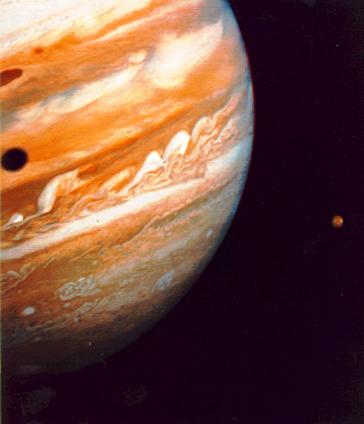 The United Nations Colonial Advisers sent on the Jovian Moon of Io came under attack by the Frieden Secessionist military in March of 2160. The UN transported a massive amount of troops to the Jovian Moons in response to these savage attacks, which led to an all-out armed conflict between the United Nations military and the uprising Frieden secessionists. The campaign lasted three months, during which the UN fought the rebels intensely and ultimately prevailed over the weakening secessionists. However, their rebellion wasn't destroyed. Several Frieden fleets supposedly escaped in the aftermath of, or during the conflict and headed for Earth, carrying troops that would have the stamina and ability to fight at least three more years.
The United Nations Colonial Advisers sent on the Jovian Moon of Io came under attack by the Frieden Secessionist military in March of 2160. The UN transported a massive amount of troops to the Jovian Moons in response to these savage attacks, which led to an all-out armed conflict between the United Nations military and the uprising Frieden secessionists. The campaign lasted three months, during which the UN fought the rebels intensely and ultimately prevailed over the weakening secessionists. However, their rebellion wasn't destroyed. Several Frieden fleets supposedly escaped in the aftermath of, or during the conflict and headed for Earth, carrying troops that would have the stamina and ability to fight at least three more years.
Symbolically named the "Jovian Moons Campaign", the conflict was perceived as a further threat to cultural integrity on Earth, leading to a number of other conflicts between the already collapsing national governments on Earth, and throughout UN-controlled territories of the Solar System. This particular clash shifted the United Nations' aims from a dedicated diplomatic and political organization, to the most powerful military force in the Solar System.
The Jovian Moons Campaign is often believed to be the root of the intense UN militarization processes and training of a large number of civilians in all forms of warfare that followed this conflict.
2162
The Rain Forest Wars
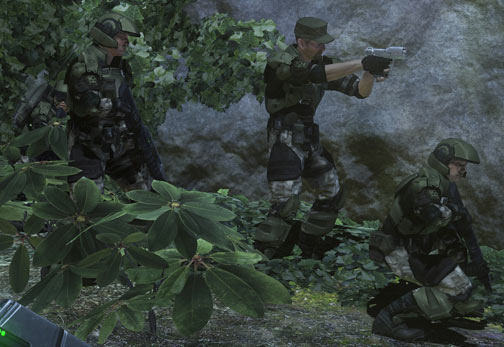 As the national governments came ever closer to extinction, the Koslovics and Frieden movements turned their attention to South America - an agriculturally rich and fertile continent on Earth. Although the reason why the rebels came to South America is unknown, the natural resources that South America had to offer indicates that they were most likely seeking to obtain some of the riches for their own benefit, and likely for the benefit of their armies.
As the national governments came ever closer to extinction, the Koslovics and Frieden movements turned their attention to South America - an agriculturally rich and fertile continent on Earth. Although the reason why the rebels came to South America is unknown, the natural resources that South America had to offer indicates that they were most likely seeking to obtain some of the riches for their own benefit, and likely for the benefit of their armies.
The United Nations, Frieden, and Koslovics clashed in another military conflict in South America, comparable to some of the bloodiest battles of World War II. The conflict - apart from aerial forces - was a fairly difficult challenge for both UN and rebel infantry forces due to the harsh climate and landscape of the South American continent. The harsh combat conditions most likely caused the deaths of a large number of United Nations, Frieden and Koslovic troops. The war was ultimately won by the UN forces, but at a great cost. This conflict was later named the "Rainforest Wars" considering that a large part of the South American territory is covered by rainforests. The horrific nature of the battles inspired the highly acclaimed classic military novel "A Soldier's Tale: Rainforest Wars" to be written which described the wars in detail.
The consequences of the Rainforest Wars were unprecedented - the overpopulation was amplified by the economical instability and famine caused by the conflict. Most of the civilians of Earth suffered a great deal of deaths following the wars due to the massive famines that had befallen the population. It is believed that the UN was now forced to conduct both military and anti-starvation campaigns on Earth.
While other battles sparked by the Rainforest Wars raged through the Solar System, the UN succeeded in routing the Frieden and Koslovic armies away from the hotspots of the System. The rebels prepared themselves for a gallant stand against the UN and against each other, this time on Earth's closest neighbor: Mars.
2163
War on Mars - The UN Space Command
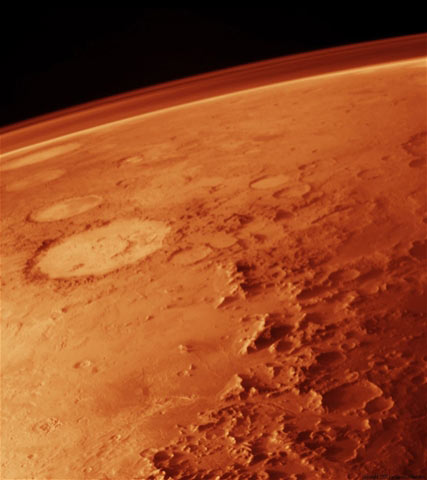 In December of 2163, the first planet to be colonized by mankind was now a decisive battlefield in the bloody war between the UN, Koslovics and Frieden. Once the rebels were routed on Mars, the member nations of the UN organized a massive counter-offensive consisting of a dedicated usage of United Nations Marine Corps forces, most likely borrowed from the Marine Corps' of several Earth nations such as the United States. The assault tactic was quite simple: Marine troops were dropped from orbit, landed, and delivered a series of violent lightning strikes - based on the "Blitzkrieg" strategy - on Koslovic forces stationed near the Argyre Planitia, thus crippling the Communist infantry.
In December of 2163, the first planet to be colonized by mankind was now a decisive battlefield in the bloody war between the UN, Koslovics and Frieden. Once the rebels were routed on Mars, the member nations of the UN organized a massive counter-offensive consisting of a dedicated usage of United Nations Marine Corps forces, most likely borrowed from the Marine Corps' of several Earth nations such as the United States. The assault tactic was quite simple: Marine troops were dropped from orbit, landed, and delivered a series of violent lightning strikes - based on the "Blitzkrieg" strategy - on Koslovic forces stationed near the Argyre Planitia, thus crippling the Communist infantry.
Considering that Mars hadn't been terraformed, the UN Marines most likely used space combat suits during the assault. The battle represented one of the most - if not the most - daring and successful military campaign in the history of human warfare, marking the first extra-terrestrial usage of Marines. This conflict paved the way for a new and highly efficient assault tactic: Space-based marine attacks on ground targets would from now on be favored in delivering decisive attacks on enemy forces.
At this point, the United Nations needed an agency dedicated to organizing and supervising marine space drops across the Solar System. This necessity resulted in the unanimous declaration and formation of the UNSC (United Nations Space Command).
Frieden and Koslovic militaries slowly backed away from the war, and peace across the Solar System finally seemed to emerge upon the citizens of the UN and its UNSC. The UNSC Navy and UNSC Marine Corps were organized into embarking on a final campaign to rid the Solar System of the Frieden and Koslovic terrorists.
2164
Final Campaign - Peace
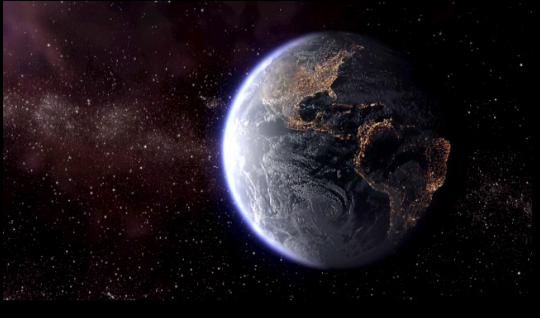 By 2164, the UN transformed the UNSC into its primary military force which encompassed all branches of the armed forces, including the Navy, Militia, Army, Marine Corps and Intelligence service. Pro-military propaganda and recruitment drives started to take place on Earth and throughout the Solar System, providing the UNSC with innumerable amounts of troops. The UNSC along with UN-sponsored forces of the former national governments initiated the final and largest campaign of the Interplanetary War: The Frieden and Koslovics had to be eliminated, thus UNSC forces organized offensives on Earth and all around the Solar System, from the inner planets to the most distant edge of the outer planets where the remaining rebel troops were hiding out. The outcome of over four years of brutal wars resulted in a definitive UNSC victory over swarming terrorist movements and rebellions around the entire human-controlled space. What seemed as a highly unlikely probability a century ago was now coming true: A unified UNSC military controlled all of humanity's armed forces.
By 2164, the UN transformed the UNSC into its primary military force which encompassed all branches of the armed forces, including the Navy, Militia, Army, Marine Corps and Intelligence service. Pro-military propaganda and recruitment drives started to take place on Earth and throughout the Solar System, providing the UNSC with innumerable amounts of troops. The UNSC along with UN-sponsored forces of the former national governments initiated the final and largest campaign of the Interplanetary War: The Frieden and Koslovics had to be eliminated, thus UNSC forces organized offensives on Earth and all around the Solar System, from the inner planets to the most distant edge of the outer planets where the remaining rebel troops were hiding out. The outcome of over four years of brutal wars resulted in a definitive UNSC victory over swarming terrorist movements and rebellions around the entire human-controlled space. What seemed as a highly unlikely probability a century ago was now coming true: A unified UNSC military controlled all of humanity's armed forces.
2170
United Earth Government
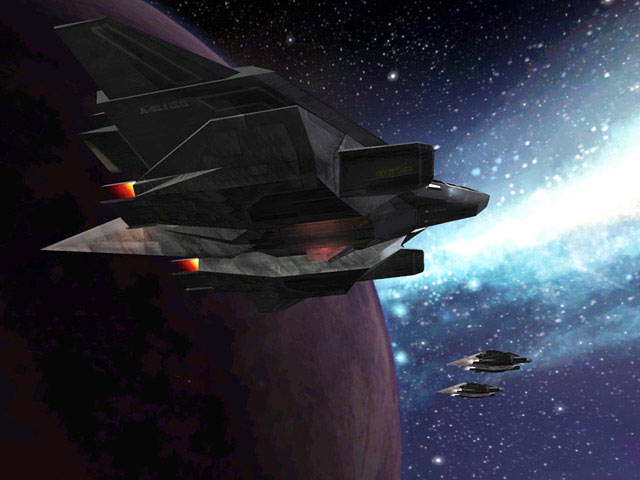 Following the Interplanetary War, the unified UNSC military was placed under the auspices of the United Earth Government - a governing faction more or less similar to the UN. The UEG and Earth were now the center of humanity's colonies. While the UNSC armed forces were growing ever-bigger in size, overpopulation was yet again regarded as a problem that continued to threaten the post-war period.
Following the Interplanetary War, the unified UNSC military was placed under the auspices of the United Earth Government - a governing faction more or less similar to the UN. The UEG and Earth were now the center of humanity's colonies. While the UNSC armed forces were growing ever-bigger in size, overpopulation was yet again regarded as a problem that continued to threaten the post-war period.
Food distribution was also encountering serious problems following the famines caused by the Rainforest Wars. The post-war population surges caused societal problems which forced the United Earth Government and the UNSC to drastically change its governance methods in order to counter the overpopulation, famines, and increasing economical instability.
Article hosted by The Halo Story Page